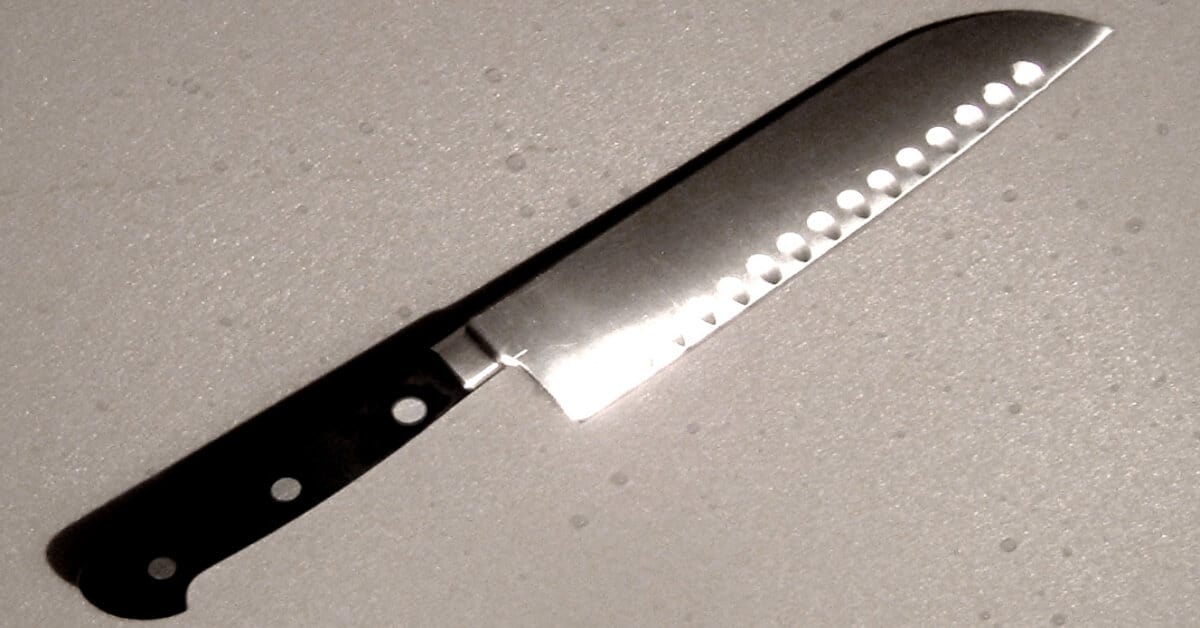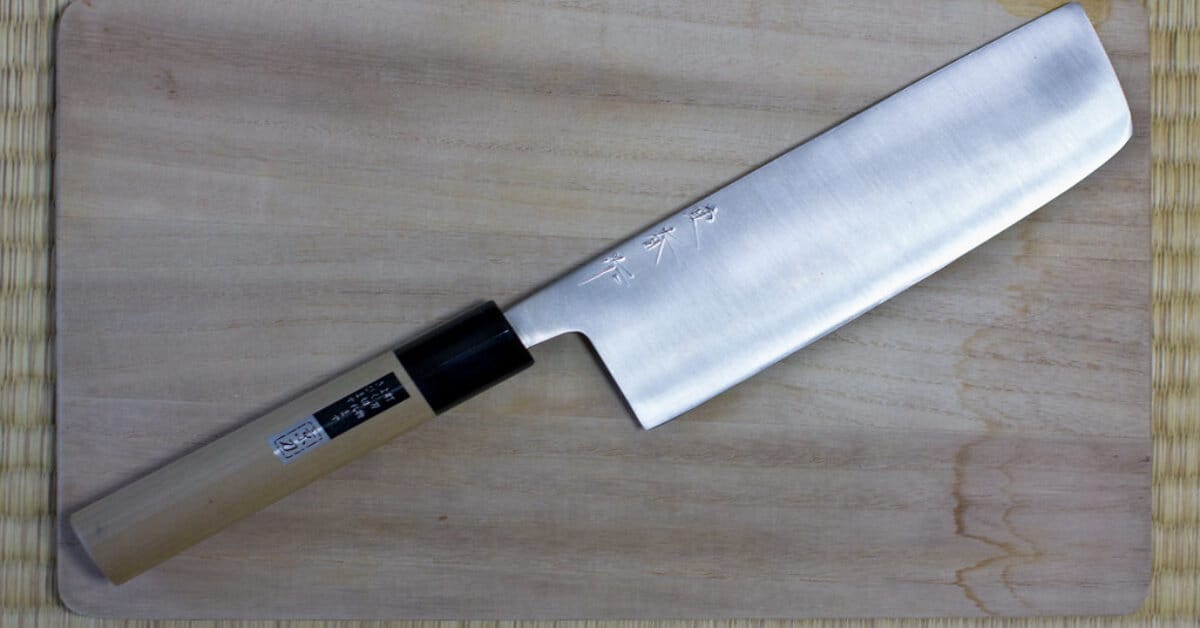Ceramic vs Steel Honing Rod: What is the Difference?
Whether you’re a professional chef or just someone who likes to cook at home, having a good honing rod is essential for keeping your kitchen knives in top condition. There are two main types of honing rods available on the market today – ceramic and steel. So, which one should you choose? In this article, we’ll take a look at the pros and cons of both options, so that you can make an informed decision about which one is right for you.
What Is A Honing Rod?
A honing rod, or honing steel, is a bar that is used to hone kitchen knives. It works by realigning the blade of the kitchen knife and removing any microscopic burrs or nicks in the edge. This means that honing knives don’t actually sharpen your knives. Instead, they help to maintain the sharpness of your blades and ensure that they stay razor-sharp for longer.
Honing Vs Sharpening
It’s important to understand the difference between honing and sharpening your knives. Honing is a maintenance process that should be carried out on a regular basis, ideally every time you use your knives. Sharpening, on the other hand, is a more aggressive process that should only be carried out when your knives are starting to feel dull.
When you hone the blade on your knives, you’re essentially straightening out the edge. As you are using your knife the edge of the blade starts to curve and this is what causes the blade to become, or at least feel, dull. Honing helps to straighten out the edge and get it back into alignment. With these folds pushed back into place, the knife will now be able to cut through whatever you’re slicing with less force, and thus, less wear on the blade.
Sharpening, on the other hand, is a process that actually grinds away metal from the blade of your knife. This creates a brand new edge and restores the sharpness of your blades. However, it also shortens the lifespan of your knives as you are removing metal each time you sharpen them. Check out our full kitchen knife guide to learn more.
Steel Vs Ceramic Honing Rod
Now that we knoiw a little more about what you use a honing rod for, let’s have a look at ceramic and steel honing rods in a little more detail.
Ceramic Honing Rods
Ceramic honing rods are made from, you guessed it, ceramic. They’re usually around 12 inches long and have a diameter of between ¼ and ½ an inch. The surface of a ceramic honing rod is incredibly smooth, which makes it perfect for honing kitchen knives. Ceramic is a great material to use for honing because it is durable, non-abrasive, and harder than the steel your knives are made of. This raises one of their weaknesses, however, which is that they are much more brittle than steel alternatives. If you drop a ceramic honing rod, there is a very good chance it will break or shatter.
One of the main advantages of ceramic honing rods is that they’re non-abrasive. This means that they won’t damage or wear down the blade of your knives like steel honing rods can. They’re also a lot lighter than steel honing rods, which makes them easier to handle.
Ceramic honing rods also have the advantage of being able to hone both carbon steel and stainless steel knives. Carbon steel knives are particularly susceptible to damage from honing rods, so it’s important that you use one that won’t damage the blade.

Steel Honing Rods
Steel honing rods are the most common type of honing rod and are generally less expensive than ceramic honing rods. They are also more durable, which means they will last longer and will survive any drops or falls. Steel honing rods come in a variety of different sizes, but they are usually around 12 inches long with a diameter of between ¼ and ½ an inch.
The main advantage that steel honing rods have over ceramic is that they’re more aggressive. This means that they can remove any nicks or burrs in your knife blade much faster than a ceramic honing rod can. They’re also much more durable, which makes them a good option if you’re looking for a honing rod that will last a long time.
The main downside of steel honing rods is that they can damage the blade of your knives if used incorrectly. If you’re not careful, you can easily end up removing too much metal from the blade, which will shorten its lifespan. They’re also more likely to rust than ceramic honing rods, so you’ll need to be careful about how you store them.
So, Which Should You Choose?
It really depends on what you’re looking for in a honing rod. If you’re looking for something that is more aggressive and will remove any nicks or burrs in your knife blade quickly, then a steel honing rod is the best option. However, if you’re looking for something that is more gentle on your knives and won’t damage the blade, then a ceramic honing rod is the better choice.
Whichever type of honing rod you choose, make sure that you use it correctly and take care of it properly to ensure that it lasts a long time.
FAQs
Does ceramic rod hone or sharpen?
Ceramic rods are often used to hone rather than sharpen knives. When sharpening a knife, the goal is to create a new, sharp edge on the blade. Honing, on the other hand, is used to maintain and refine an already sharp edge. Ceramic rods are effective at honing knives due to their hardness.
Do ceramic sharpening rods wear out?
Yes, they will eventually wear down and need to be replaced. But, depending on how often you use your one, this process will likely take 10 to 20 years at least.
What is a ceramic honing rod?
A ceramic honing rod is a honing tool that is made from a hardened ceramic material. It is used to hone the edge of a knife or other sharp cutting implement. Honing with a ceramic rod can result in a sharper edge than honing with other materials, and it can also help to prolong the life of the cutting implement
Are ceramic rods good for sharpening knives?
It is a common misconception that ceramic rods are used for sharpening knives because they can hone a blade quickly and efficiently. Honing, however, is different to sharpening as it is simply realigning the edge of blade so that it is straighter and therefore sharper.




